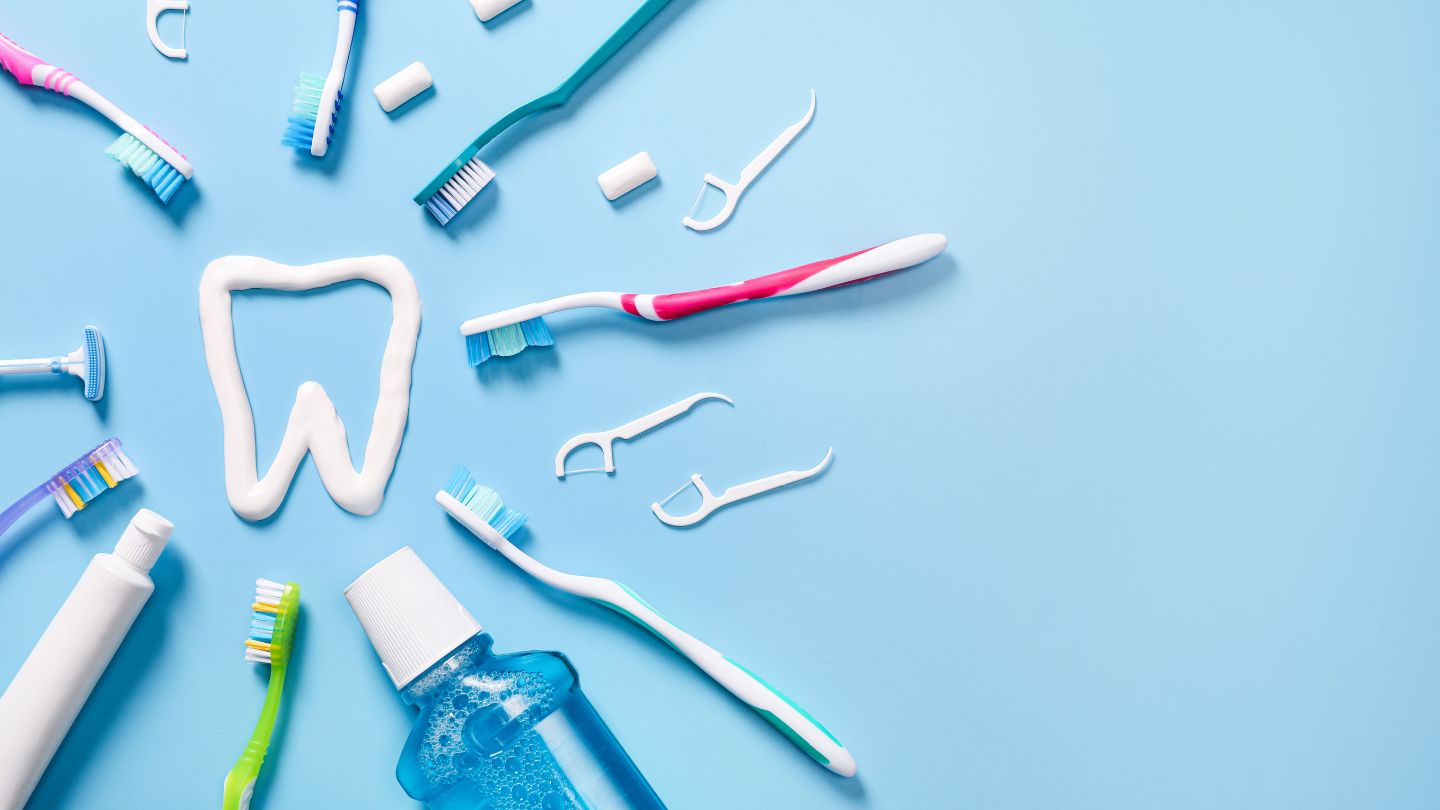Introduction
Teeth whitening is a popular cosmetic dental procedure that can help improve the appearance of stained or discolored teeth. But have you ever wondered how whitening works? In this article, we will explore the science behind teeth whitening and why it is an effective treatment for achieving a brighter smile.
How Teeth Whitening Works
Teeth whitening works by using bleaching agents to break down stains and discoloration on the surface of the teeth. The two most common bleaching agents used in whitening treatments are hydrogen peroxide and carbamide peroxide. These agents penetrate the enamel and dentin of the teeth, where they break down the molecules that cause staining, leaving the teeth looking whiter and brighter. 
Types of Teeth Whitening
There are two main types of teeth whitening treatments: in-office and at-home. In-office treatments are performed by a dentist and involve the use of a high-concentration bleaching agent that is applied to the teeth and activated with a special light or laser. At-home treatments typically involve the use of a lower-concentration bleaching agent that is applied to the teeth using custom-made trays.
Why Teeth Whitening is Effective
Teeth whitening is effective because it targets the underlying cause of tooth discoloration. Stains and discoloration can occur on the surface of the teeth due to factors such as aging, smoking, and consuming certain foods and beverages. By breaking down the molecules that cause staining, whitening treatments can effectively lighten the appearance of the teeth and restore a brighter, more youthful smile.
Safety and Side Effects
Teeth whitening is generally considered safe when performed by a qualified dental professional. However, some people may experience temporary side effects such as tooth sensitivity or gum irritation. These side effects typically resolve on their own and can be minimized by following the dentist’s instructions and using a desensitizing toothpaste. 
Conclusion
Teeth whitening is a safe and effective way to improve the appearance of stained or discolored teeth. By using bleaching agents to break down stains and discoloration, whitening treatments can restore a brighter, more youthful smile. If you are considering whitening, talk to your dentist to determine the best treatment option for you.
FAQs
Q 1: Is whitening safe?
Yes, whitening is generally safe when performed by a qualified dental professional. However, some people may experience temporary side effects such as tooth sensitivity or gum irritation. It’s important to follow your dentist’s instructions and use whitening products as directed to minimize the risk of side effects.
Q 2: How long does teeth whitening last?
The effects of teeth whitening can vary depending on factors such as the type of treatment used and individual lifestyle habits. In general, the effects of whitening can last anywhere from several months to a few years. To maintain the results of whitening, it may be necessary to undergo touch-up treatments or avoid certain foods and beverages that can stain the teeth.
Q 3: Can teeth whitening damage the enamel?
When performed by a qualified dental professional, whitening is unlikely to damage the enamel. However, overuse of whitening products or using products with high concentrations of bleaching agents can potentially damage the enamel and lead to tooth sensitivity. It’s important to follow your dentist’s recommendations and use whitening products responsibly.
Q 4: Can I whiten my teeth if I have dental restorations?
Teeth whitening treatments are generally only effective on natural teeth and may not have the same effect on dental restorations such as crowns, veneers, or fillings. If you have dental restorations and are considering whitening, it’s best to consult with your dentist to determine the best course of action.
amir
Stay in the loop


